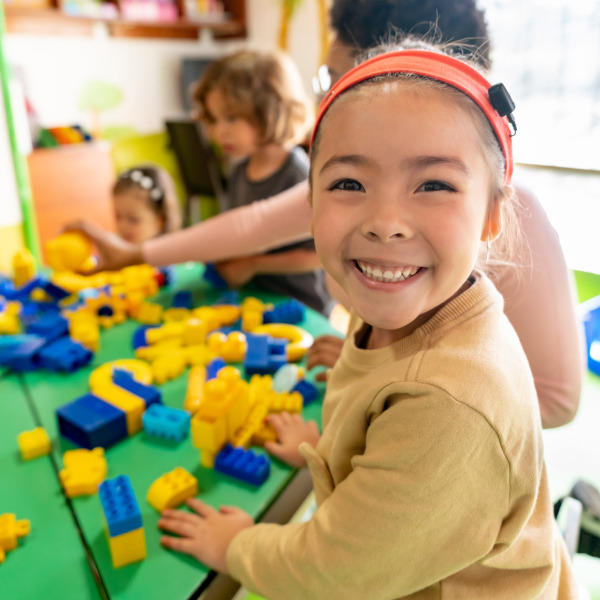
Solution
Deaf and Hard of Hearing
Our DHH teachers teach students valuable skills and provide DHH students with a positive learning environment to enhance their learning potential.

Benefits
Meet students' unique educational and communication needs with CESA 6 DHH teachers to ensure optimized learning outcomes.
- Promotes an inclusive educational environment where all students can thrive.
- Creates a supportive environment that fosters student growth and development.
- Increases student engagement in academic and social activities through effective communication tools.
- Customizes services to meet the unique needs of each district and student population.
- Improves accessibility to educational content and activities for all students.
- Empowers students to communicate independently, fostering self-determination and participation.
Goals
- DHH teachers participate on comprehensive evaluation teams, providing assessment and data interpretation to inform teams of progress toward grade-level standards, and barriers to that progress caused by hearing loss, and provide instructional and programming recommendations -504 or Individualized Education Plans (IEPs) when required.
- Communication Support: Hearing Assistive Technology (HAT) and Sign(ASL, visual phonics) support
- Classroom Accommodations: Support to Classroom Teachers including inservices at the beginning of the year to provide school staff with important information for new to them students.
- Social Skills Development: Social Events for Deaf and hard of hearing peers; Transition
Who might benefit from participating?
Students, Families, School District Directors
Outcomes/Deliverables
DHH Teachers can:
- Conduct assessments to determine the specific needs and abilities of students with hearing loss. This may include evaluating language proficiency, communication skills, and academic levels.
- Collaborate with other educational professionals and parents to develop and implement Individualized Education Plans (IEPs) that address the unique needs of each student. This involves setting goals, determining appropriate accommodations, and selecting instructional strategies.
- Provide support for communication, which may include teaching and reinforcing sign language (such as American Sign Language), facilitating oral communication skills, and promoting the use of assistive communication devices.
- Collaborate with general education teachers to implement accommodations that ensure a Deaf or hard of hearing student's access to curriculum materials, lectures, and classroom discussions. This may involve the use of assistive technology, captioning, or FM systems.
- Work on developing social skills and fostering peer interactions to ensure that students with hearing have a loss and inclusive social experience within the school community.
- Modify curriculum materials to make them accessible and appropriate for students with hearing loss. This may involve creating visual aids, providing captioned materials, or adapting assignments.

